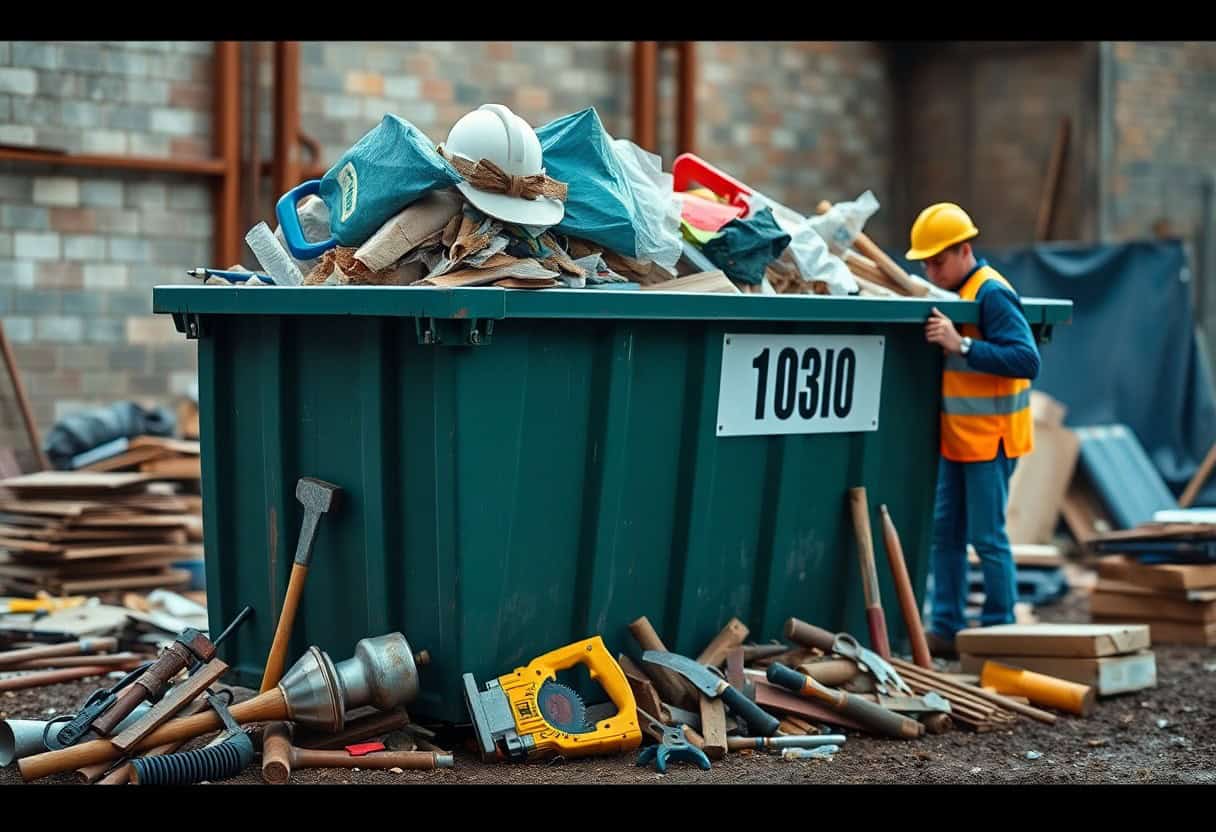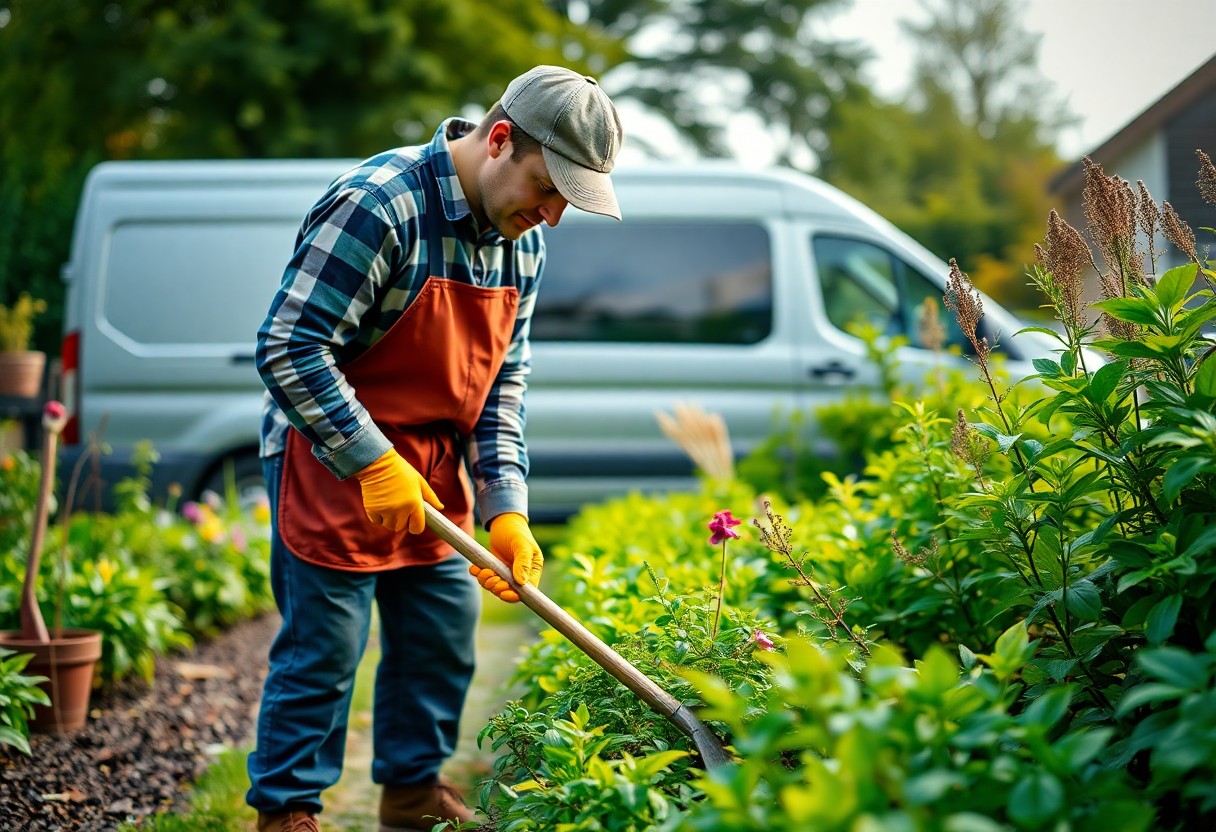Construction Waste
Construction and demolition (C&D) debris is a type of waste that is not traditionally seen as hazardous. However, C&D debris can actually be quite dangerous and should be disposed of properly. C&D debris can include anything from wood and drywall to brick and concrete. If not disposed of properly, this type of waste can release harmful toxins into the environment.
Wood
Wood waste is one of the most common types of waste removed by construction waste removal companies. Wood can be used to create everything from framing to cabinetry and flooring, so it’s no wonder that it ends up as construction waste so frequently.
The good news is that wood waste can be recycled or repurposed in many cases. Construction waste removal companies will often sort wood waste from other types of construction waste, and either recycle it or donate it to organizations that can use it.
Some examples of ways that wood waste can be recycled or repurposed include:
-Donating lumber scraps to a local school for use in shop class
-Selling lumber scraps to a local lumberyard or mills for use as kindling or other purposes
-Recycling wood waste into mulch or other landscaping products
Drywall
Drywall is one of the most common types of construction waste. It’s made of gypsum, a natural mineral, and paper. Drywall is used to create walls and ceilings in buildings. It’s also known as plasterboard, wallboard, and gypsum board.
Drywall is lightweight and easy to work with, which makes it a popular choice for construction projects. However, it’s also difficult to recycle and dispose of properly. Construction companies often removed drywall waste from job sites and take it to landfills.
One way to reduce the amount of drywall waste produced is to use recycled drywall in new construction projects. Recycled drywall can be used in place of new drywall or mixed with other materials to create new products such as plaster or joint compound.
Asphalt
Asphalt is a type of waste that is commonly removed by construction companies. This waste is typically in the form of shingles or asphalt pavement. Asphalt is often recycled and used for other purposes such as road construction or as a material for driveways.
Concrete
Concrete is one of the most common types of waste generated by construction and demolition activities. It is also one of the heaviest and most difficult waste materials to manage. Construction companies generate concrete waste when they break up and remove existing concrete structures during repair and remodeling projects. They also generate it when they pour new concrete foundations, driveways, sidewalks, and other structures.
The recycling process begins with breaking up the existing concrete structures. The concrete is then crushed into smaller pieces and mixed with other ingredients such as water, aggregate, sand, and gravel. This mixture is then transported to a recycling facility where it is cleaned and processed into new concrete products.
Construction companies can use recycled concrete as aggregate in new concrete mixes. It can also be used as base material for new roads, parking lots, and other construction projects. Some recycling facilities also accept contaminated or mixed loads of concrete waste for processing.
Manufacturing Waste
There are many types of waste that are produced from manufacturing processes. The most common types of waste are solids, liquids, and gases. Most manufacturing processes produce some kind of waste, and it is important for companies to remove this waste to avoid environmental pollution and to comply with environmental regulations.
Metals
Metals are non-biodegradable and recycling them conserves natural resources and energy. Recycling one ton of steel conserves 2,500 pounds of iron ore, 1,400 pounds of coal, and 120 pounds of limestone.
In 2017, the metals recycled by the metals industry saved enough energy to power nearly 18 million homes for a year.
The recycling rate for steel cans was 63.6% in 2017 while the recycling rate for aluminum cans was 54%.
There are many types of metals that can be recycled including: aluminum, copper, brass, stainless steel, tin, nickel, and lead.
Glass
Manufacturing Waste – The Most Common Types of Waste Removed by Companies
One of the most common forms of waste generated by manufacturing companies is glass waste. This type of waste can come in the form of light bulbs, bottles, and other materials that are made of glass. Glass waste can be recycled and reused in a number of ways, making it a valuable resource for companies that generate it.
Another common type of manufacturing waste is paper waste. Paper waste can come in the form of cardboard, office paper, newspaper, and other types of paper products. Paper waste can be recycled and used to make new paper products, or it can be used as fuel for power plants.
Metal waste is another form of manufacturing waste that is generated by companies. Metal waste can come in the form of aluminum cans, steel cans, copper wire, and other types of metal products. Metal waste can be recycled and used to make new metal products, or it can be sold as scrap metal.
Plastic waste is another type of manufacturing waste that is generated by companies. Plastic waste can come in the form of plastic bottles, plastic bags, plastic wrappers, and other types of plastic products. Plastic waste can be recycled and used to make new plastic products or it can be used as fuel for power plants
Plastics
Plastics are everywhere. They’re in our homes, offices, cars and even in the clothes we wear. But what happens when we’re done with them?
Unfortunately, much of the plastic that is used every day is not recycled or properly disposed of, which means it ends up in our environment where it can cause serious problems.
Plastics are made from petroleum, a non-renewable resource, so they’re not environmentally friendly to begin with. And because they take so long to break down, they can persist in the environment for centuries, polluting our land and water and harming wildlife.
There are many different types of plastics, but the most common ones that are produced in large quantities are:
-Polyethylene terephthalate (PET or PETE)
-High-density polyethylene (HDPE)
-Polyvinyl chloride (PVC)
-Low-density polyethylene (LDPE)
-Polypropylene (PP)
Chemicals
ochemicals are one of the most common types of waste removed by companies. Typically, this type of waste is generated by manufacturing processes or as a result of the use of chemical products. Chemical waste can be solid, liquid, or gaseous, and it can be hazardous or non-hazardous.
Hazardous chemical waste is any waste that is flammable, corrosive, toxic, or reactive. Non-hazardous chemical waste is any waste that does not pose a immediate threat to human health or the environment.
Common examples of hazardous chemical wastes include acids, bases, solvents, and heavy metals. Common examples of non-hazardous chemical wastes include salt water and paper pulp.
Retail Waste
As a business owner, you are responsible for the waste your company produces. Retailers produce a variety of waste, from packaging and products to display materials and office supplies. While some of this waste can be recycled or donated, some of it will need to be disposed of properly. Knowing the most common types of retail waste can help you better plan for waste removal and disposal.
Cardboard
Cardboard is one of the most common types of waste generated by retail businesses. It is also one of the easiest to recycle. Many municipalities have programs in place to recycle cardboard, and some even offer pick-up services. If your business generates a lot of cardboard waste, it may be worth your while to invest in a baler. Balers compress cardboard into manageable bales that are easy to store and transport.
There are two main types of cardboard: corrugated and chipboard. Corrugated cardboard is the type with the wavy middle layer, and it is used for things like shipping boxes. Chipboard is the type used for cereal boxes and other lightweight packaging. Both types can be recycled, but they must be kept separate because they are recycled using different processes.
Electronics
Most people are familiar with the concept of e-waste, but many don’t realize just how prevalent it is in our society. E-waste is any end-of-life electronics that are no longer wanted or needed. This can include everything from cell phones and laptop computers to larger items like televisions and refrigerators.
While there are some programs in place to recycle or reuse certain electronic components, the vast majority of e-waste ends up in landfills where it can pose a serious threat to the environment. Electronics contain a number of harmful chemicals, including lead, mercury, and cadmium, that can leach into the ground and contaminate water supplies.
The best way to reduce the amount of e-waste produced each year is to simply buy fewer electronics. When you do need to replace an old device, try to find a company that offers recycled or refurbished options. And if you’re not sure what to do with your old electronics, many retailers now offer trade-in programs that will take them off your hands.
Clothing
Clothing is one of the most common items that people throw away. Every year, Americans generate an average of 82 pounds of textile waste, according to the Environmental Protection Agency (EPA). Less than 15% of these materials are recycled or donated.
The majority of clothing waste comes from clothes that are no longer wearable. This includes items that are ripped, stained, or otherwise damaged beyond repair. It also includes clothes that are out of fashion or no longer fit.
Other common types of retail waste include packaging materials, such as cardboard boxes and plastic wrap; product displays; and broken or damaged merchandise.
Food
Food waste is one of the most common types of waste removed by companies. It can originate from a variety of sources, including restaurants, grocery stores, and catering operations. In some cases, food waste may be generated by consumers who do not finish their meals or who throw away food that has gone bad.
There are a number of ways to reduce the amount of food waste generated, including:
-Educating employees and customers about the importance of reducing food waste
-Donating excess food to charities or food banks
-Composting food waste instead of sending it to landfill
-Implementing portion control measures in restaurants and other foodservice operations
While some companies may see food waste as unavoidable, there are many opportunities to reduce its impact on the environment and help to feed those in need.
Office Waste
Most offices produce a range of waste, from paper and plastic to food and furniture. While some of this waste can be recycled or reused, much of it will need to be disposed of. The most common types of waste removed by companies are paper and cardboard, food, glass, and metal.
Paper
Paper waste is one of the most common types of waste removed by companies. It includes items such as newspapers, magazines, brochures, and other types of paper products. Many businesses recycle paper waste, but it can also be disposed of in a landfill.
Paper waste can be divided into two categories: office paper and packaging paper. Office paper includes items such as printer paper, photocopier paper, and envelopes. Packaging paper includes items such as cardboard boxes and packing peanuts.
Most businesses generate a lot of office paper waste, so recycling programs are often put in place to help reduce the amount of paper waste that goes to landfill. Some businesses also shred their office paper waste before recycling it, to help prevent identity theft.
Printers
Companies typically use many different types of printers, including those that print in color, black and white, on photo paper or glossy paper, on card stock or heavyweight paper. All of these factors will play a role in the type and amount of waste that is generated by your business.
The most common type of waste removed by companies is printer waste. Printers use a variety of inks and toners to produce prints, and these materials can be difficult to recycle. Many companies choose to recycle their printer cartridges, but this is not always possible. In some cases, it may be more effective to simply dispose of them in the trash.
Other common types of waste removed by companies include computer monitors, televisions, fax machines, copiers, and other office equipment. These items can often be recycled or donated to charity organizations.
Computers
computers, laptops, and monitors. Some e-waste contains hazardous materials, like lead, mercury, and cadmium. If not disposed of properly, these materials can be released into the environment and cause health problems for people and animals. Many electronic items can be recycled or refurbished. The best way to dispose of e-waste is to take it to a certified e-waste recycler.
Furniture
Most companies go through a lot of furniture. Every time somebody new comes in, or the company changes its mind about the kind of furniture it wants, there’s a good chance that some of the old furniture will end up in the dumpster. If you’re getting rid of chairs, desks, filing cabinets, or any other kind of office furniture, you’ll need to find a special place to put it. Some companies will take care of this for you, but others will expect you to dispose of it yourself.
In general, there are two options for disposing of old office furniture. The first option is to sell it or give it away. This is a good option if the furniture is still in good condition and someone else could use it. You might be able to sell it online, or you could donate it to a local charity.
The second option is to recycle it. This is a good option if the furniture is old or damaged and can’t be reused. You can usually take office furniture to your local recycling center.


